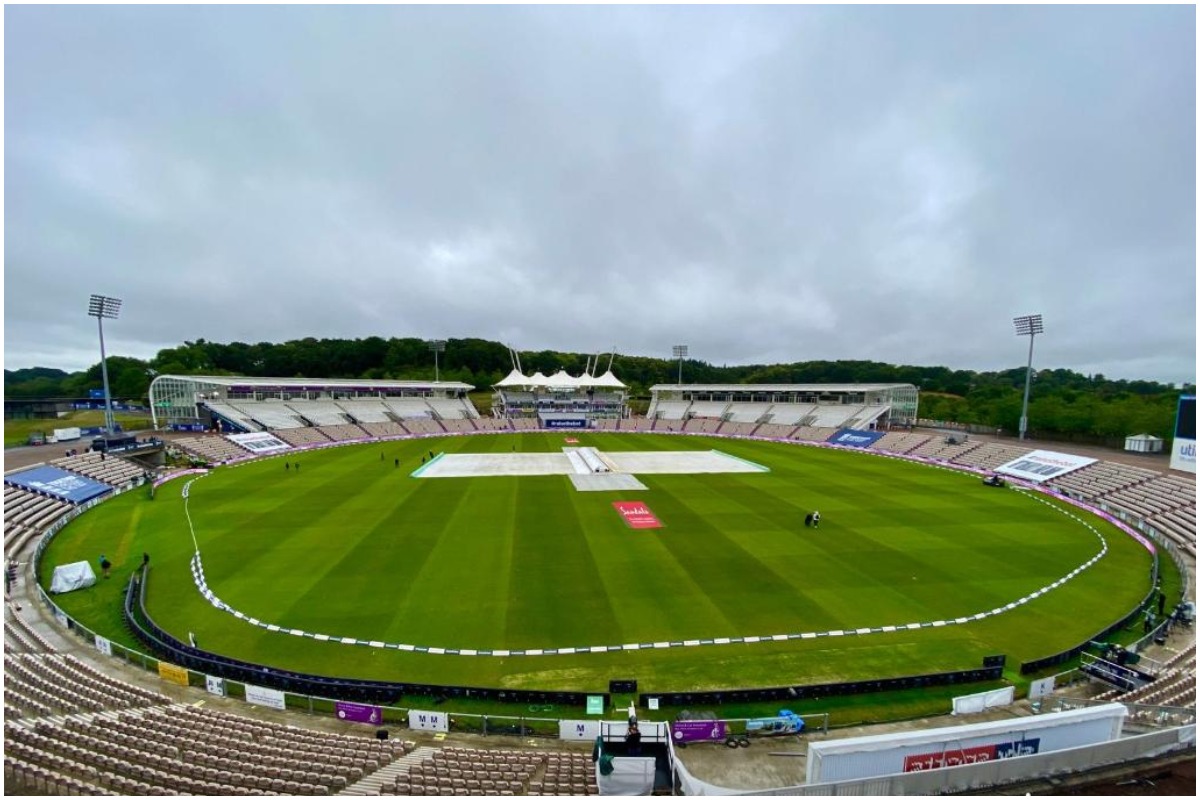Mao Zedong may not quite be centrally relevant to Test cricket but something akin to his delectable desire for a hundred flowers to blossom – even if his focus was actually on new ideas in the arts and sciences – seems to have fructified in this country in a way which we have been relishing. If Australia, after Adelaide, had been counted on comprehensively to wring India’s neck, they ended up wringing their own hands in Melbourne. A measure and symptom of the hosts’ infirmity was that they had never mustered more than 200 in any of the innings they had played till then in the four-match series currently deadlocked 1-1, a simple but stark bit of statistics when the third Test in Sydney was being gone into. While Ravichandran Ashwin, the off-spinner, has already been acknowledged as the man scheming the Indian attack – the way he dealt with Steve Smith was a lesson in taking the mickey out of someone who was expected to remind the world of King Arthur with his Excalibur each time he stepped forth ~ fast bowling has been an area in which the visitors have been just as potent a threat.
If India have traditionally been so short on this that Budhi Kunderan and later Sunil Gavaskar found themselves opening the bowling, the change in the circumstances is overwhelming. And it was not as if India were on velvet. Ishant Sharma, injured, never made the trip. Then Mohammad Shami pulled out too, his forearm fractured by a sharpish delivery. Umesh Yadav was injured as well. But Mohammad Siraj had turned up like he had long been used to appearing in the cometh-thehour- cometh-the-man role, eminently capable of administering the shock treatment. And when you reckoned also with T Natarajan and Navdeep Saini, who was to be chosen for Sydney, the picture spoke of a countrywide surge, with Jasprit Bumrah and Shardul Thakur signifying the proud presence of western India. True, the east were unrepresented in this assembly of pace purveyors but there was no bar on regional youngsters striving for recognition and inclusion in the future, taking their cue from those who had made it. Arguably, this is the most important feature of Indian cricket today, given that we have always had solid, even spectacular, batsmen and wily spinners of the highest aristocracy.
Advertisement
When Kapil Dev, back in 1978, began bowling with so many slips and a gully, the sheer run to the bowling mark gave us an unforgettable frisson of thrill. What today’s young brigade unleashes upon India’s rivals is an inspired continuation of the energetic drive, one that has altered our cricketing experience, embellishing it with a power we once missed in Indian performances. The Haryana Hurricane, of course, was someone who could have single- handedly swung a game our way batting or bowling. But if India’s new boys only get it right with the new ball, we shall want hundreds of them in full bloom, always.
